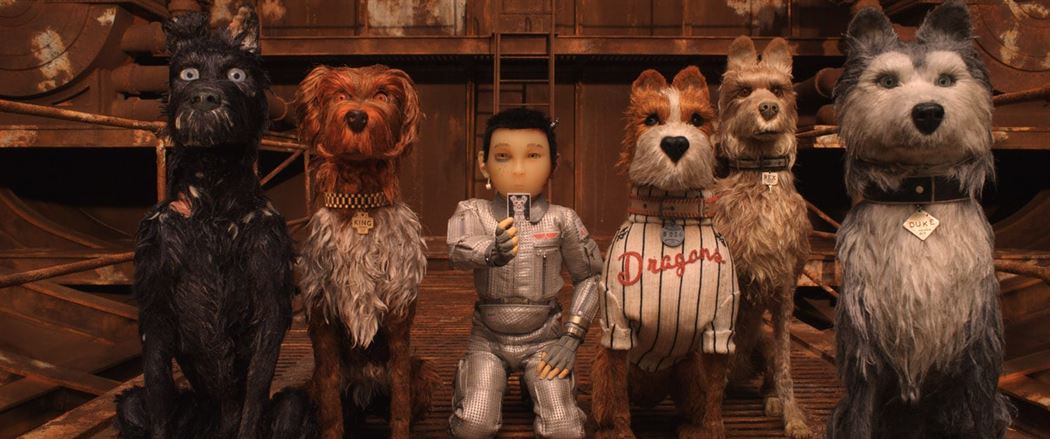The stop motion animated film is gradually becoming a lost art form. They are time-consuming and animators go through a painstaking amount of trouble to complete one scene, let alone an entire feature-length film. The much easier and safer method of computer animation is the current reason for the stop motion film’s journey toward extinction. However, “Isle of Dogs” was not deterred from this beautiful art form.
“Isle of Dogs” is written and directed by film auteur Wes Anderson. It is his first feature film since his 2014 hit, “The Grand Budapest Hotel.” This is also only his second stop motion film, the first being 2009’s “Fantastic Mr. Fox.”
The film features a star-studded ensemble voice cast, featuring the voices of Bryan Cranston, Scarlett Johansson, Greta Gerwig, Liev Schreiber and various others.
“Isle of Dogs” takes place in the fictional city of Megasaki, Japan 20 years into the future. Mayor Kobayashi, voiced by Kunichi Nomura, comes from a long family history of hatred toward dogs. He addresses his citizens over the fast-rising issues dogs are posing on society, including a canine flu that could infect humans. In response, Mayor Kobayashi issues an executive decree to exile all dogs — stray and domesticated — to an island composed of trash and junk. This island is nicknamed the Isle of Dogs.
Six months later, Mayor Kobayashi’s 12-year-old nephew Atari, played by Koyu Rankin, hijacks a small plane and crash lands onto the Isle of Dogs in search of his dog, Spots. He meets and befriends a team of dogs on the island voiced by Bryan Cranston, Edward Norton, Bob Balaban, Bill Murray and Jeff Goldblum. The dogs decide to help the “little pilot” on his rescue mission.
Devoted fans and moviegoers familiar with Anderson’s work can expect many of the attributes that have made his films so beloved in contemporary cinema. The characters each have their own distinct quirky personalities, especially among its canine characters. The lighthearted, humorous interactions between the characters enlighten the seriousness of the overall plot, helping to create an even balance of comedy and drama. The stop motion animation is brilliantly done. The elaborateness of the sets and amazing attention to detail will definitely leave audiences with their jaws dropped.
Admittedly, I was unsure of how well Anderson’s regular styles were going to translate into a story and setting such as those of “Isle of Dogs.” The Japanese setting marks brand new cinematic territory for Anderson, so I was weary of how effectively he would be able to carry out his signature quirks. He managed to prove me wrong, as he was able to portray his familiar usages of a centralized directorial style and vibrant color schemes in an unfamiliar territory. It felt as though Japanese culture was his field of expertise.
In our current cinematic era, in which animated films are usually carried out in the 3D computer animation format, the genre of stop motion animated film inches closer and closer into obscurity. Only a handful of filmmakers would ever dare to risk going through the trouble of making a film such as this. Wes Anderson is one of those filmmakers, and “Isle of Dogs” proves that if executed correctly, creating a stop motion film can end up being well worth the trouble. The outcome may even end up being a beautiful work of art.



